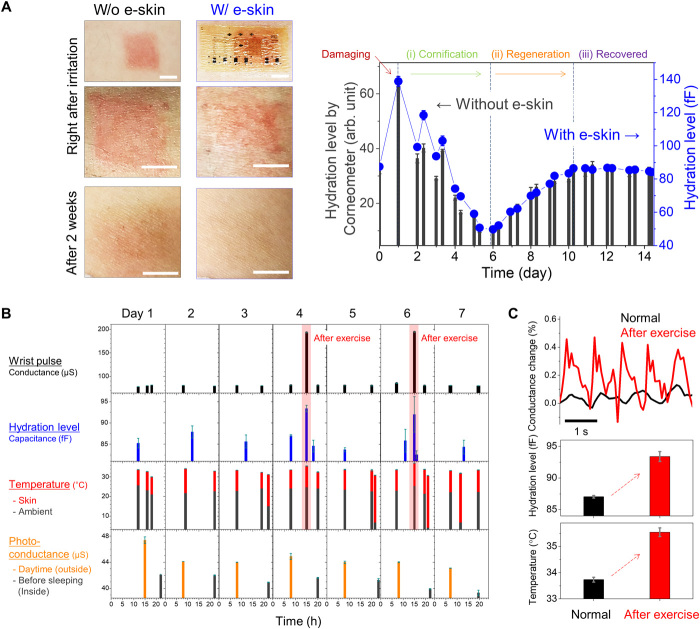Fig. 4. Long-term health monitoring by perforated e-skins.
(A) Skin regeneration monitoring over a period of 2 weeks. Photographs of the inflamed skin region right after erythema and after 2 weeks, showing that perforated e-skin has a negligible adverse effect to skin regeneration (left images). Scale bars, 5 mm. Hydration level of the inflamed skin as a function of e-skin lamination days (right graph). Skin hydration level was monitored by a hydration sensor in the e-skin and simultaneously compared with a conventional hydration analyzer (Corneometer CM 825). Photo credit: Haneol Lee, Massachusetts Institute of Technology. (B) Daily activity checkup using perforated e-skin with multiple sensors for a week: wrist pulse, skin hydration level, skin temperature, and photoconductance. (C) Comparison of skin information using perforated e-skin before and after exercise at the gym over 30 min (top: wrist pulse, middle: skin hydration level, and bottom: skin temperature).

